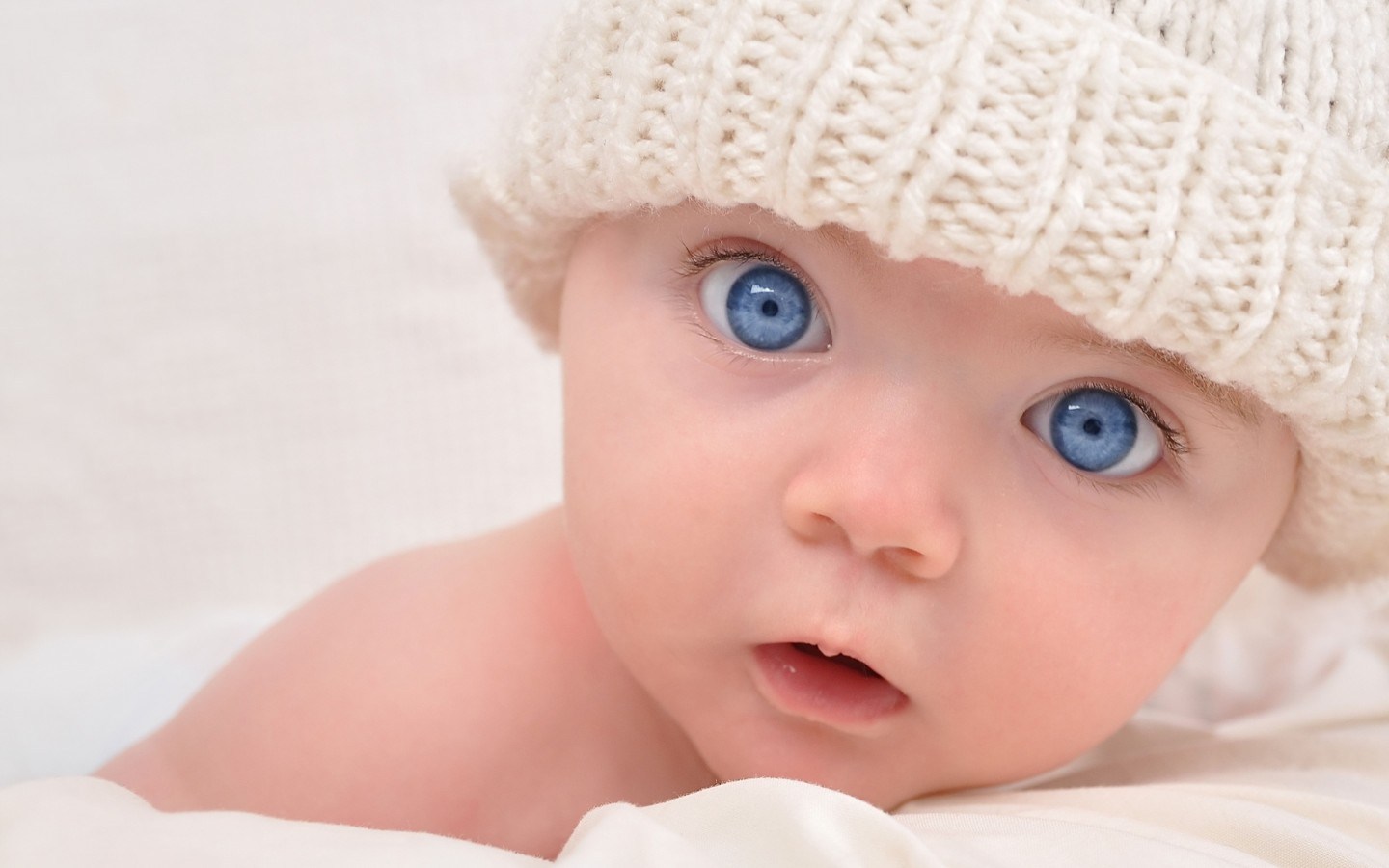Contribution to The Headlands Forum: Talking through New Zealand Art, National Art Gallery, Wellington, 19 September 1992.
I was lead curator on the exhibition Headlands: Thinking through New Zealand Art, at the Museum of Contemporary Art, Sydney, in 1992. The show proved controversial. When it returned to New Zealand, to be shown at the Museum of New Zealand, Wellington, there was a forum. I contributed to a session pointedly titled ‘How Far Can Curators Go?’.
.
Doing a show like Headlands is like going through pregnancy. It takes a while. Stamina is required. Sometimes it seems like it’s been done to you rather than a project you have chosen for yourself. And, each night, you pray that your baby will be born alive and with all those faculties commonly held to be human—that it’ll come out kicking. Then, when it’s all over, it’s only just begun. Eyes are cast across your issue. Some people reassure you that it’s fine; others catalogue its deficiencies. But, no matter how beautiful your baby is when it’s born, it’s what it grows into that counts. And, in the end, you alone are not in control of that.
Not long ago, art curatorship seemed necessarily linked to collections (and therefore to institutions) and to the methodologies and formats of art history. However, in recent years, that seems to have changed, and dramatically. Today, art curators—at least contemporary-art curators—are associated more with exhibitions than collections, and their exhibitions seem less specifically aligned to the discipline of art history. In fact, sometimes they would seem to work—as do many artists—in resistance to art history.
As with other things in New Zealand, our curatorial practice is based on overseas models, particularly American and European ones. Shows that made a difference include Harald Szeemann’s The Bachelor Machines (1975), Rudi Fuchs’s Documenta 7 (1982), Jan Hoet’s Chambres d’Amis (1986), and Jeffrey Deitch’s Cultural Geometry (1988). Such inspiring projects set the tone, opening up great freedoms for curators everywhere. They make it legitimate for us to work in ways previously considered inappropriate. They stretch the envelope.
In New Zealand, the most obvious influence of such shows was a shift from one-person retrospectives to theme shows as the focus for curatorial ambitions. Theme shows juxtaposed artists not only practicing in different media, but also of different generations and attitudes. Curators of theme shows were criticised for wanting to take over the art, to appropriate it for their own ends, to cut out the artist. But, if you look at how these shows were organised and experienced, they were all about difference, not about a single model. They didn’t reduce things to the curator’s idea. They engaged a plurality of views. In fact, looking back, I’m surprised they weren’t criticised for lacking clear unifying arguments. Headlands treats the museum as a lab, rather than as a temple. It applies the thematic, discursive, speculative approach to the body of New Zealand art history. It is a theme show and an art-history show. That it mixes these models has caused great concern—and mirth.
The question has been posed: how far can curators go (or: how far should they go)? My answer would be the same if the question was: how far should artists go? They should as far as possible, as far as people will let them go, and then some. Curators have a responsibility to be challenging, to work with artists (and, on occasion, to work against them) to enable a deeper exploration of the worlds of art. But that’s not where it stops. There are also responsibilities for the viewers, the audience. I return to the baby analogy. If the receivers of an exhibition find it ugly or deformed, if they are so embarrassed by it that they hide it in a cupboard, if they refuse it the light of day, if they starve it of love, if they will not talk to it and refuse to engage with it, then they must take their share of the blame if it grows up a monster.
